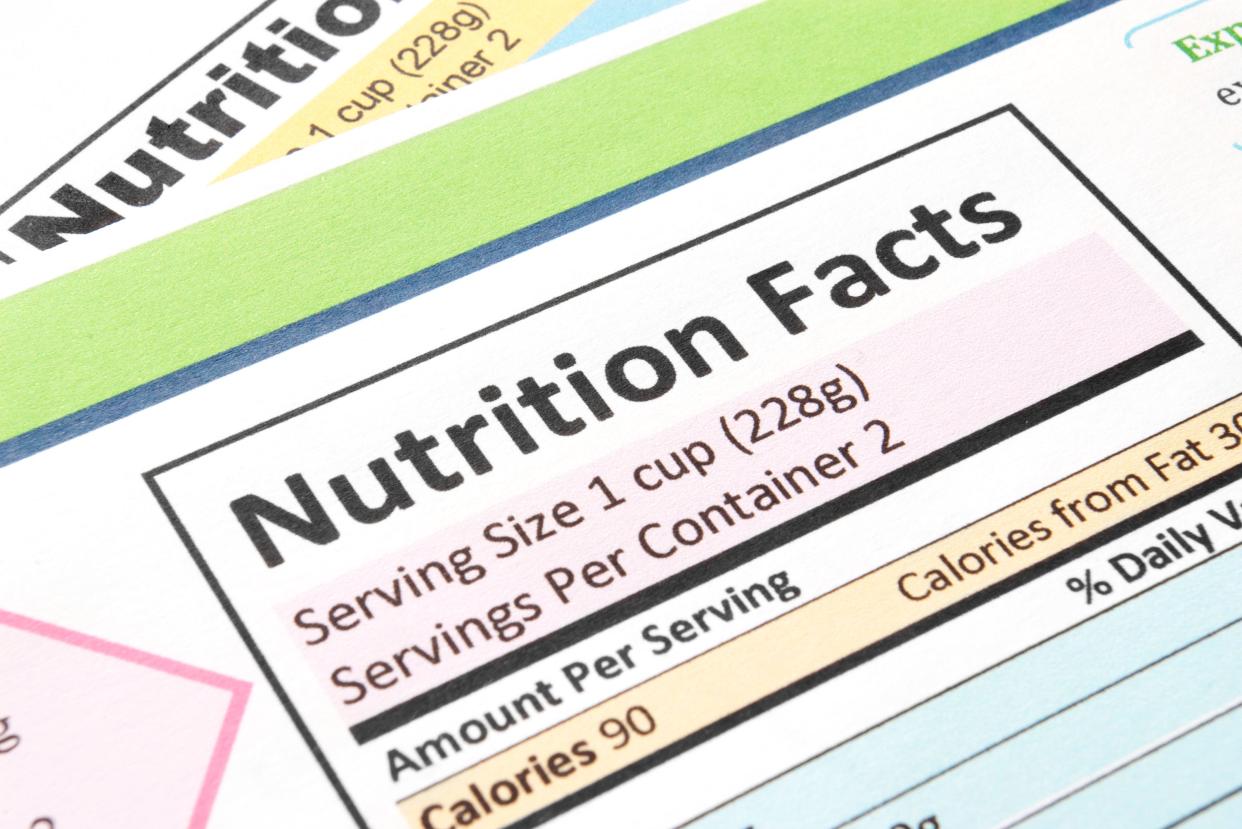Nutrition for Today: Calories from different foods impact our bodies in different ways

It’s no secret that if we burn more calories than we take in, we’ll lose weight.
It boils down to simple mathematics.
There are a lot of calorie-counting apps and calculators that will tell you how many calories are in the foods you consume.
If you enter certain data, including your sex, age, weight, height and activity level, they will also tell you how many calories you burn, and how many calories you should eat every day to lose weight.
The problem is that not all calories are created equal. Calories from different foods impact our bodies in different ways.
Susie's previous columns:
Feed your gray matter: The brain is a nutritionally needy organ that requires an array of nutrients
Eat right: Stock your pantry with a variety of wholesome, plant-based foods
Lots of choices: Want to choose a healthy cooking oil? Here's what you need to know
Confusing the issue even further is the fact that we all burn calories at different rates, and that our bodies make metabolic adjustments when calorie intake goes up and down.
Different calorie sources affect our energy expenditure, hormones and brain response in different ways.
The amount of muscle and fat we have affects how many calories we burn.
Muscle tissue burns significantly more calories than fat tissue. If you enter your weight into an online calorie calculator, it makes an estimate of the percentage of muscle and fat on your body, but that may not be accurate.
That’s where the math fails us. It turns out that calorie absorption and metabolism are quite complex, and at this point we just don’t have any way of predicting exactly how much these nuances will ultimately impact our calorie burning.
For example, let’s look at the difference in how the body handles 100 calories of refined sugar versus 100 calories of a raw apple.
The refined sugar found in candy, sodas and processed foods will spike blood sugar levels within just a few minutes. This triggers insulin resistance (which prevents your body from converting sugar to energy) and increases the rate of fat storage.
Within 30 minutes of consuming sugar and refined carbohydrates, blood sugar levels plummet, leading to an energy crash and feelings of hunger.
On the other hand, if we consume 100 calories of a raw apple, we’ve taken in fiber and a whole array of vitamins, minerals and antioxidants. The fiber calories aren’t absorbed by the body, even though they’re included in the calorie count.
So, in addition to the fact that the body doesn’t absorb all of the calories in the apple, we feel fuller due to the fiber, and we don’t experience that rapid blood sugar crash, so our feeling of satiety lasts much longer.
Another factor to consider is something called the thermic effect of food (TEF). TEF refers to the number of calories the body burns as it digests, absorbs, and metabolizes food. The TEF is not accounted for in the calorie information provided on food labels.
Protein takes the most amount of calories to digest compared to fat and carbohydrate. It is estimated that it takes 20-30% of the calories in protein foods to break them down.
New research has shown that we absorb about 15-20% fewer of the calories in nuts than we previously thought. This is for a couple of reasons.
One reason is that nuts contain fiber, which our body doesn’t break down. The other, more significant reason is that the fat calories in nuts are stored inside the fibrous cell walls. These cells walls don’t break down during digestion, so those fat calories aren’t absorbed, and we eliminate them in our stool.
On the other hand, nut butters such as peanut butter, almond butter, etc... undergo extra processing, which breaks down the cell walls, so we’ll absorb more calories from them than from whole nuts.
Another factor affecting carbohydrate absorption has to do with something called resistant starch. Resistant starch doesn’t break down in our digestive system as well as other starches.
Resistant starch contains only 2 calories per gram, compared to 4 calories per gram in other carbohydrates.
The starch in carbohydrates is converted to resistant starch when it is cooked and then cooled down.
If you cook rice, potatoes, pasta and grains, and then refrigerate them for several hours, resistant starch is formed.
So, a cold potato salad or cold grain or pasta salad will contain fewer digestible carbohydrate calories than if you eat them right after cooking.
Like with nuts, many of the calories in whole intact grains is contained within their cell walls. That makes it more difficult for the body to extract those calories.
Processed, refined grains and flours already have the cell walls broken down, so just about all those calories will be absorbed.
The lesson here is that a calorie is not always a calorie. It makes sense to shift our focus away from pure calorie counting, toward paying more attention to choosing more unprocessed, high fiber foods in their natural state.
These foods not only provide fewer net calories, but they are more satisfying, and contain a plethora of nutrients that help boost and maintain a healthy metabolism.
Susie Bond is a Registered and Licensed Dietitian/Nutritionist in private practice. Contact her at NutritionistOnCall@gmail.com
This article originally appeared on Florida Today: Are all calories the same? No. Here's how to tell them apart

